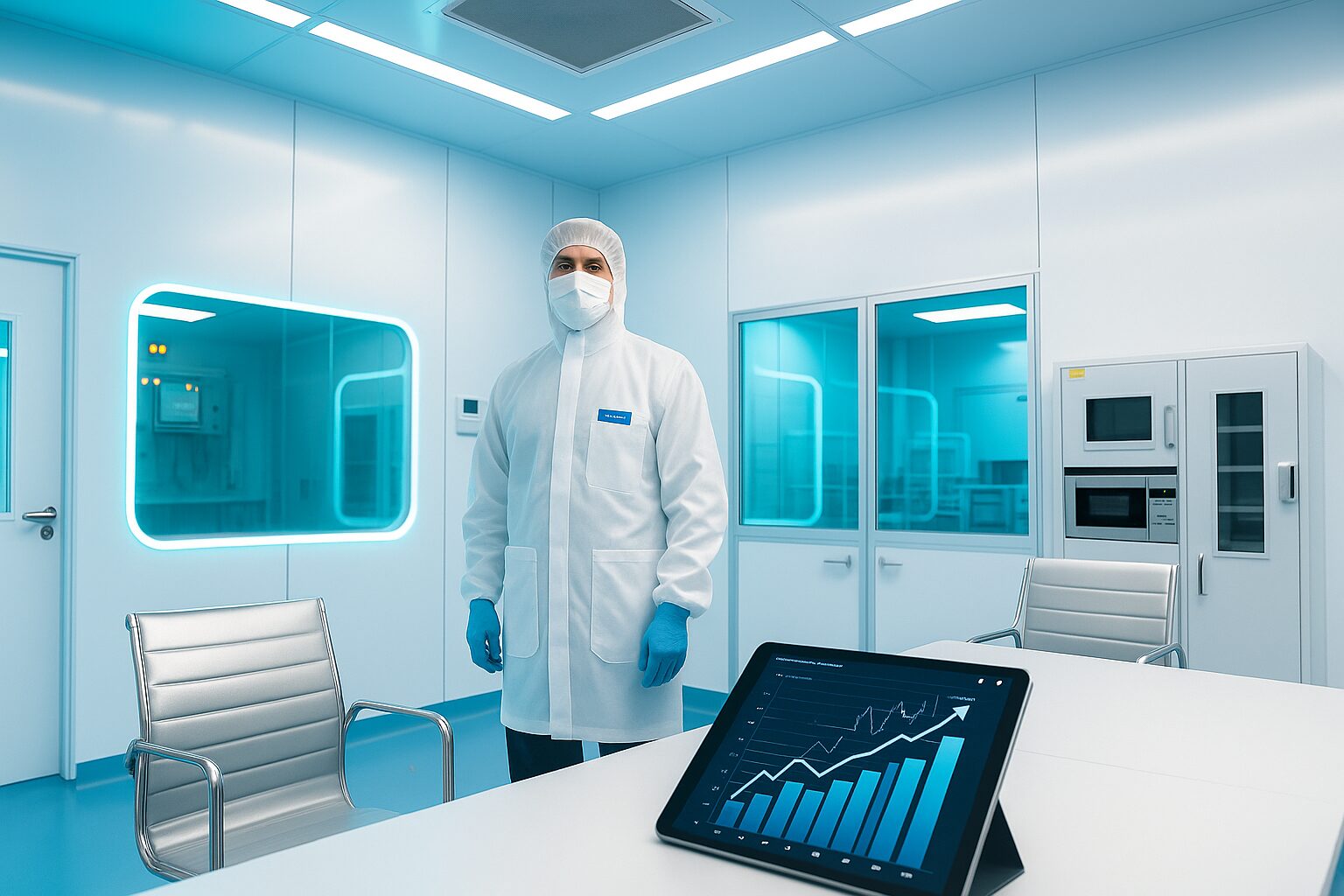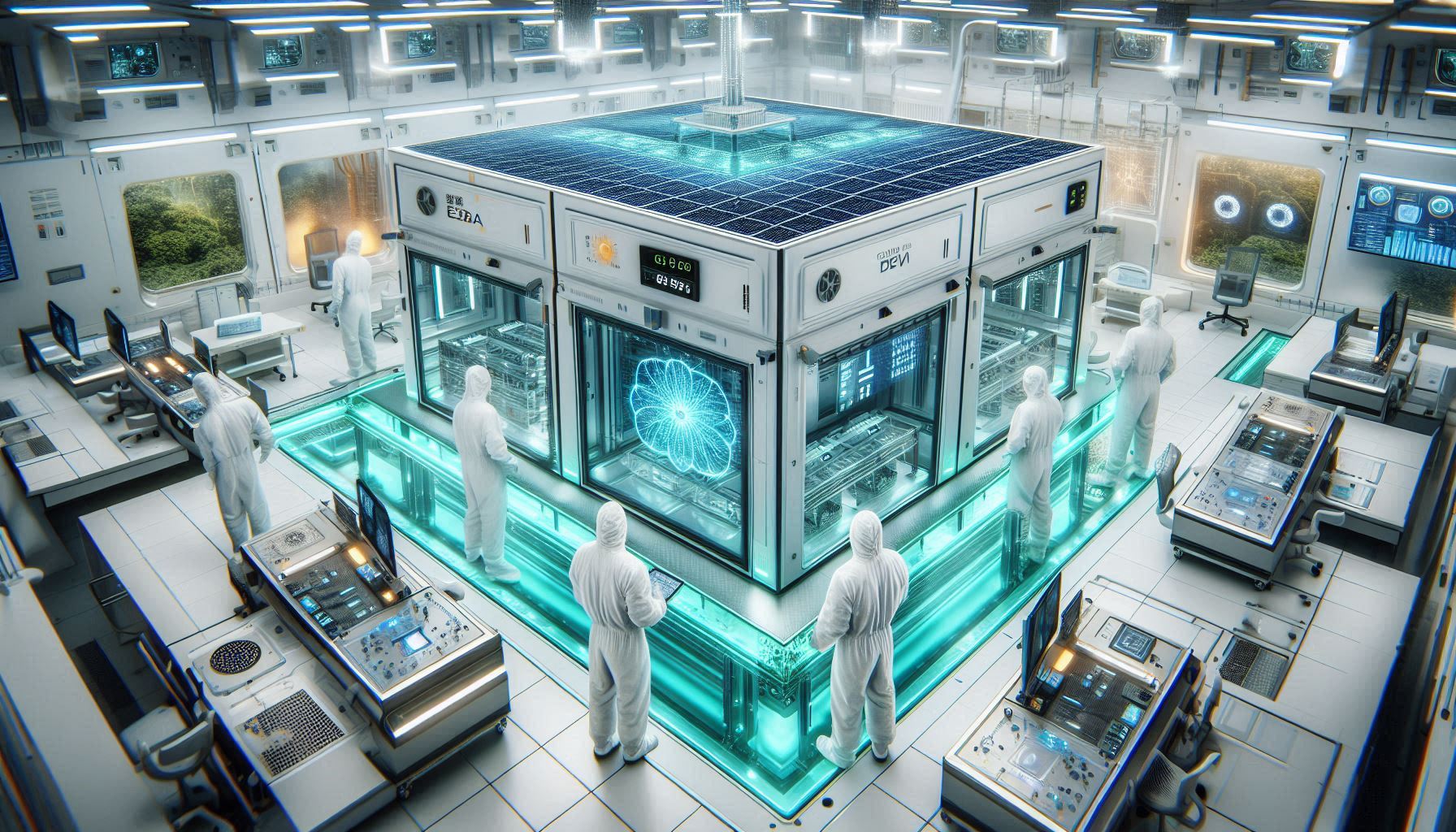Cleanroom technology has become a cornerstone for industries where contamination control is paramount. From pharmaceuticals to semiconductor manufacturing, cleanrooms ensure that products meet stringent quality standards by maintaining an environment free from airborne particles, microbes, and other contaminants. In this article, we’ll explore the best practices in cleanroom technology, emerging trends, and how industries are leveraging these innovations to achieve operational excellence. Whether you’re new to cleanroom design or looking to optimize your existing setup, this guide will equip you with actionable insights.
Understanding Cleanroom
Fundamentally, cleanroom technology focuses on designing environments where contamination is kept to a minimum. These spaces are classified based on ISO standards (such as ISO Class 5 or Class 7), which dictate the allowable particle count per cubic meter. For instance, a semiconductor manufacturing facility might require an ISO Class 5 cleanroom to ensure precision in chip fabrication.
The key components of cleanroom technology include high-efficiency particulate air (HEPA) filters, precise temperature and humidity controls, and specialized airflow systems. Together, these elements work to maintain the desired level of cleanliness.
The Importance of Airflow Design in Cleanroom
One of the most critical aspects of cleanroom technology is airflow design. Proper airflow ensures that contaminants are continuously removed from the environment. This can be achieved through laminar flow systems, where air moves in parallel streams, or turbulent flow systems, which create a mixing effect to disperse particles.
For example, a leading pharmaceutical company in India implemented a laminar flow system in their ISO Class 7 cleanroom, reducing particle counts by 40% within six months. Such case studies underscore the importance of tailoring airflow solutions to specific industry needs.
Automation and Sustainability: The Future of Cleanroom
The integration of automation is transforming cleanroom technology, boosting efficiency while promoting sustainability. Automated monitoring systems can track parameters like temperature, humidity, and particle levels in real time, alerting operators to any deviations. In addition to improving operational performance, this approach also cuts down on energy usage..
Sustainability is another growing trend in cleanroom design. By integrating energy-efficient HVAC systems and renewable energy sources, facilities can significantly lower their carbon footprint. For instance, a data center in Bangalore recently adopted solar-powered HVAC units, cutting energy costs by 25%.
Challenges in Cleanroom Implementation
Despite its benefits, implementing cleanroom technology comes with challenges. One common issue is overdesigning, where facilities invest in systems that exceed their actual requirements. This not only inflates costs but also leads to unnecessary energy consumption.
Another challenge is maintaining compliance with national and international standards. Organizations must adhere to guidelines such as ASHRAE, IGBC, and ISHRAE to ensure their cleanrooms meet regulatory requirements. Regular audits and energy audits can help address these issues effectively.
Case Study: Semiconductor Manufacturing in India
India’s semiconductor industry is rapidly adopting advanced cleanroom technologies to support its growth. A recent project involved the construction of a state-of-the-art ISO Class 5 cleanroom equipped with desiccant wheels for humidity control and AI-driven HVAC optimization. The result? A 30% reduction in energy use and a significant improvement in product yield.
This case study highlights how integrating innovative technologies can transform traditional cleanroom setups into future-ready facilities.
Best Practices for Cleanroom Maintenance
Maintaining a cleanroom requires a proactive approach. Here are some best practices:
- Regular Filter Replacement: HEPA filters should be replaced periodically to ensure optimal performance.
- Employee Training: Staff working in cleanrooms must follow strict protocols, such as wearing appropriate attire and adhering to hygiene standards.
- Continuous Monitoring: Use IoT-enabled sensors to monitor environmental parameters and detect anomalies early.
- Scheduled Audits: Conduct regular audits to ensure compliance with industry standards and identify areas for improvement.
For more insights into cleanroom technology, check out HVAC Technocrat’s guide to cleanroom technology.
Emerging Trends in Cleanroom Technology
AI and machine learning are reshaping cleanroom technology by enabling predictive maintenance and optimizing energy efficiency. For example, AI-powered systems can predict HVAC failures before they occur, minimizing downtime and repair costs.
Another emerging trend is the use of 3D-printed ductwork, which offers greater design flexibility and faster installation times. Learn more about this innovation here.
FAQs
1. What is cleanroom technology?
Cleanroom technology refers to the systems and processes used to create controlled environments with minimal contamination.
2. Why is airflow important in cleanrooms?
Effective airflow systems work to consistently eliminate impurities, ensuring the environment remains at the required cleanliness standard.
3. How can automation improve cleanroom efficiency?
Automation enables real-time monitoring and predictive maintenance, reducing energy consumption and enhancing operational efficiency.
4. What are the challenges in implementing cleanroom?
Common challenges include overdesigning, maintaining compliance with standards, and managing energy costs.
5. How can sustainability be integrated into cleanroom design?
Sustainability can be achieved through energy-efficient HVAC systems, renewable energy sources, and smart monitoring technologies.
6. What industries benefit from cleanroom technology?
Industries such as pharmaceuticals, semiconductors, data centers, and healthcare rely heavily on cleanroom technology.
Disclaimer
Some links in this article are affiliate links, such as those for Amazon products. Such links might earn a modest commission without any additional expense to you, aiding in funding our research efforts. We never compromise editorial integrity for partnerships.
About the Author
Mr. Om Prakash, with over 18 years of hands-on experience in the HVAC industry, brings unmatched expertise in cleanroom, pharmaceutical, semiconductor, data center, commercial, and industrial HVAC systems. As the founder of HVAC Technocrat, he specializes in customized HVAC design, energy efficiency audits, retrofit planning, and turnkey consultancy services across India. His deep understanding of critical environments and complex building needs ensures every solution is efficient, reliable, and future-ready. Through his writings, he simplifies HVAC concepts and shares real-world insights to support professionals, facility managers, and decision-makers.
For any enquiries or project support, feel free to call or WhatsApp at +91 9908091942, email at hvactechnocrats@gmail.com, or visit www.hvactechnocrat.com.












Leave a Reply